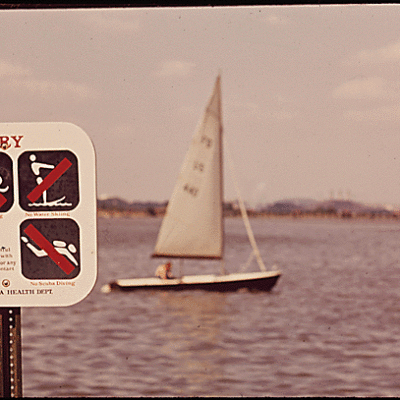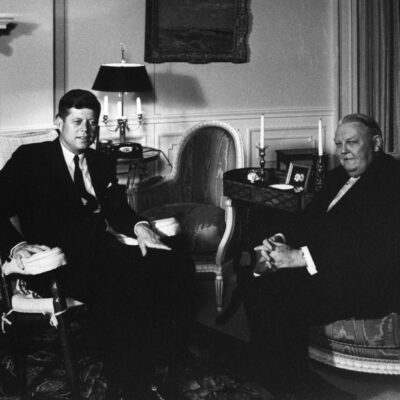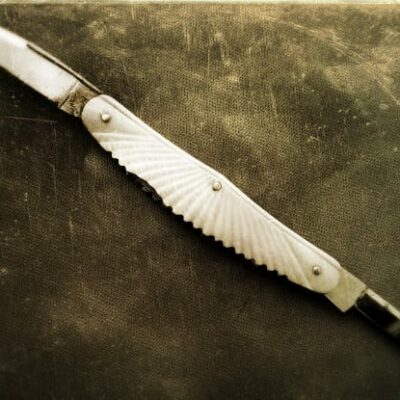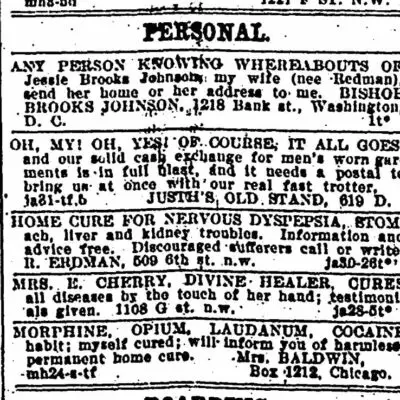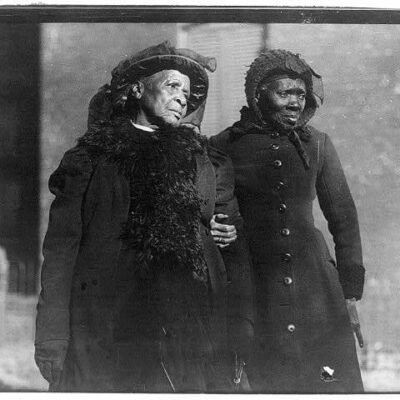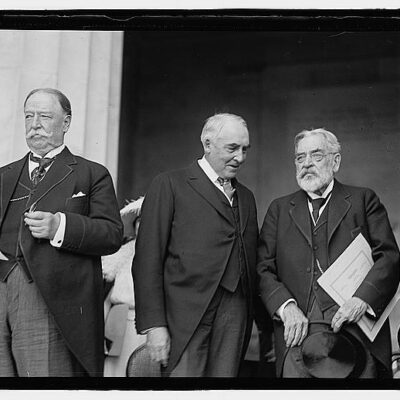This is clearly not sound medical advice, but this is a humorous article I dug up in the Washington Times. It’s from December 2nd, 1896.
“The X-rays won’t take out hair, won’t they?” asked W. B. Hammond in a tone of deep disgust. “Just look at that!” and he turned the right side of his head around to the light, displaying a bald spot over the ear as big as three fingers.
Hammond is employed in the Capitol Hill postoffice. he is the ex-navy man, of whom The Times had an account three weeks ago, telling how two pieces of steel had been located inside his skull by the X-ray apparatus at the Medical Museum.
X-rays were very new at the time, only being studied heavily by Wilhelm Röntgen several years earlier — he received the first Nobel Prize in physics for his work with X-rays — and the harmful effects of them were not yet understood.

The mysterious rays had worked excellently so far as locating the pieces of steel. Hammond got them from a torpedo explosion on one of the vessels of the Asiatic squadron years ago, and he has had them ever since. On November 3 and again on the 7th he submitted himself to the light of the Crookes tube and then–well, when he read Dr. Gray’s statement from the Medical Museum that the rays had no effect on the hair he called up The Times over the telephone.
“Don’t have any effect on hair, don’t they?” was the aggrieved remark. “Well, I’m getting bald in spots wherever they struck me. If you don’t believe it send a reporter up to take stock of my hair. My beauty’s destroyed for the next six months if it ain’t gone altogether. You just ought to take a look at me. Good-by!”
…
“Say there’s another thing, too. Dr. B. B. Adams nor anyone else didn’t operate on my head to take the iron out. The pieces are there, same as they have been since ’87. The X-ray pictures showed them all right, but Surgeon General Tryon said there was no use of operating on them unless my head bothered me a good deal more than it did.
“Dr. Gregg Custis is going to take me to Baltimore for some more experiments, but I don’t know just what they are. He can tell you about them. But as for the X-rays and baldness, I can tell you all about that. I’m going to get shaved that way hereafter.”
…
“There is no doubt about the loss of Hammond’s hair,” said the doctor. “I do not think the hair follicles are destroyed, as there are signed of a new, fine growth on the bald spot.”
“But if a couple of exposures will kill the hair itself, I don’t see why longer exposure should not destroy even the follicles themselves. If this is so it would be an important aid in dermatology for removing superfluous hair, a great improvement over any method now in use.
I’m not a doctor, but I would not recommend using X-rays to rid yourself of extraneous hair.
We laugh at this thought now, but we probably have some of the same stupid stuff, over which our great-grandchildren will laugh at us. One of those may very well be 5-hour energy drinks. Or maybe the Flintstone vitamins we took as kids (nah, those were awesome).

